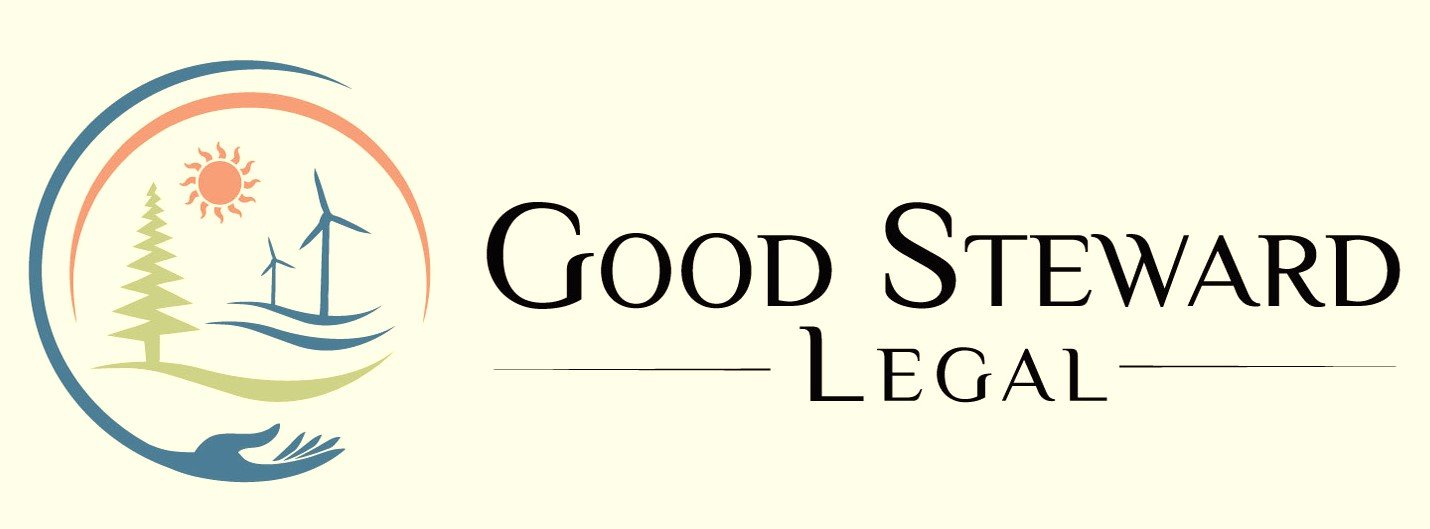Corps and EPA Seek Input on Redefining “Waters of the United States” (Again)
On August 4, 2021, the U.S. Army Corps of Engineers and the Environmental Protection Agency (collectively, “Agencies”) issued a notice in the Federal Register announcing their intent to revise the regulatory definition of “waters of the United States” (“WOTUS”) for purposes of implementing the Clean Water Act (“CWA”). 86 Fed. Reg. 41,911. In doing so, the Agencies intend to reinstate, and subsequently build upon, the longstanding regulatory definition of WOTUS adopted in the 1980s. Through their notice, the Agencies are soliciting pre-proposal feedback via written comments and participation in upcoming public meetings.
Background
“Waters of the United States,” or WOTUS, is a threshold term in the CWA that establishes the geographic scope of federal jurisdiction under the Act. Several major CWA programs—including Section 303 (Water Quality Standards and Total Maximum Daily Loads), Section 401 (Water Quality Certifications), Section 402 (Pollutant Discharge Permits), and 404 (Dredge and Fill Material Discharge Permits)—are triggered by activities that involve “waters of the United States.” In other words, how the Agencies define and interpret WOTUS determines when proposed activities require permits and, ultimately, leads to government-imposed limitations on those activities.
Like other important environmental regulations, the regulatory definition of WOTUS has a long history of regulatory amendments and related litigation. Longstanding regulations adopted in the 1980s and refined by case law and agency guidance were well-established before the Obama administration adopted the Clean Water Rule in 2015, which, relying on EPA’s 2015 report Connectivity of Streams and Wetlands to Downstream Waters: A Review and Synthesis of the Scientific Evidence, substantially expanded CWA jurisdiction. The Trump administration subsequently repealed the Clean Water Rule and ultimately adopted the Navigable Waters Protection Rule (“NWP Rule”) in 2020, which reduced CWA jurisdiction. The Agencies presently are implementing the NWP Rule and will continue to do so until it is replaced by another rule.
Summary of Notice
The Agencies have indicated that they will be taking a two-step regulatory approach to revising the regulatory definition of WOTUS. First, the Agencies will be repealing the NWP Rule and replacing it with the definition for WOTUS adopted in the 1980s. Second, the Agencies will refine that regulatory definition based on, among other things, the latest peer-reviewed science.
The Agencies are seeking specific pre-proposal feedback on the following:
Experience. Co-regulator and stakeholder experiences with the implementation of “significant nexus analyses” under pre-NWP Rule regulations and “the typical year analysis” under the NWP Rule.
Science. Scientific information addressing how streams, wetlands, lakes, and ponds restore and maintain the chemical, physical, and biological integrity of the nation's waters, including relevant literature that has been published since EPA’s 2015 Report Connectivity of Streams and Wetlands to Downstream Waters: A Review and Synthesis of the Scientific Evidence.
Environmental Justice. Information about how the definition of WOTUS affects environmental justice interests, including how it generally affects communities overburdened with environmental pollution, and specifically, how the NWP Rule has been impacting low-income and other disadvantaged communities.
Climate Implications. Information about how climate change is impacting the chemical, physical, and biological integrity of the nation’s waters, including recommending how the Agencies account for these effects and identifying whether there are types of waters especially important to protect given climate change.
Scope of Jurisdictional Tributaries. Comments addressing whether certain characteristics (e.g., indicators of channelization; physical indicators such as indicators of ordinary high water mark; flow regime; flow duration; etc.) should inform determinations about which tributaries could be considered jurisdictional as a class, and which decisions are best left to case-specific determinations. According to the Notice, the Agencies “are particularly interested in feedback regarding how to identify ephemeral streams that should be jurisdictional as tributaries, as they are the dominant stream type in the arid West and in many headwater regions.”
Scope of Jurisdictional Ditches. Comments on whether flow regime, physical features, excavation in aquatic resources versus uplands, type or use of the ditch (e.g., irrigation and drainage), biological indicators like presence of fish, or other characteristics could provide clear and implementable distinctions between jurisdictional and non-jurisdictional ditches.
Scope of Adjacency. Comments identifying characteristics that could improve certainty, implementation, and regionalization in defining adjacency and identifying jurisdictional waters (e.g., whether certain distances or other factors should be used to limit adjacency, whether certain situations should require case-specific determinations, and whether certain types of waters could provide an implementable basis for distinguishing between jurisdictional and non-jurisdictional waters).
Exclusions from WOTUS. Comments providing feedback on whether and to what extent exclusions used under WOTUS under the existing and past regulatory definitions have been effective (e.g., are the NWP Rule definitions of “prior converted cropland” and “waste treatment systems” appropriate and easy to understand and implement?).
According to the Agencies, their impending rulemaking processes will seek to (1) fulfil the objectives of the CWA; (2) apply the latest peer-reviewed and relevant science; (3) prioritize practical implementation approaches for co-regulators; and (4) consider input from landowners, the agricultural community, governmental bodies, community organizations, environmental groups, and disadvantaged communities with environmental justice concerns.
Industries Impacted
The regulatory definition of WOTUS significantly impacts a broad array of business activities, including those within the agriculture, construction, energy, and mining industries. Increasing the scope of the definition, for example, will increase the geographic areas where activities require costly permits. Additionally, language in the regulatory definition that is ambiguous or vague (e.g., related to exclusions) can create costly and frustrating outcomes for impacted businesses.
***
Written comments are due by September 3, 2021.
The Agencies will hold several public web conferences beginning on August 18, 2021, from 3:00-5:00 p.m. (Eastern). Details on the other conferences and registration are available here.
If you have any questions or would like to discuss this notice, please contact insights@goodstewardlegal.com.
Good Steward Legal is a principles-based business law office dedicated to protecting and advancing its clients’ interests by providing them with cost-effective, high-quality legal service.
